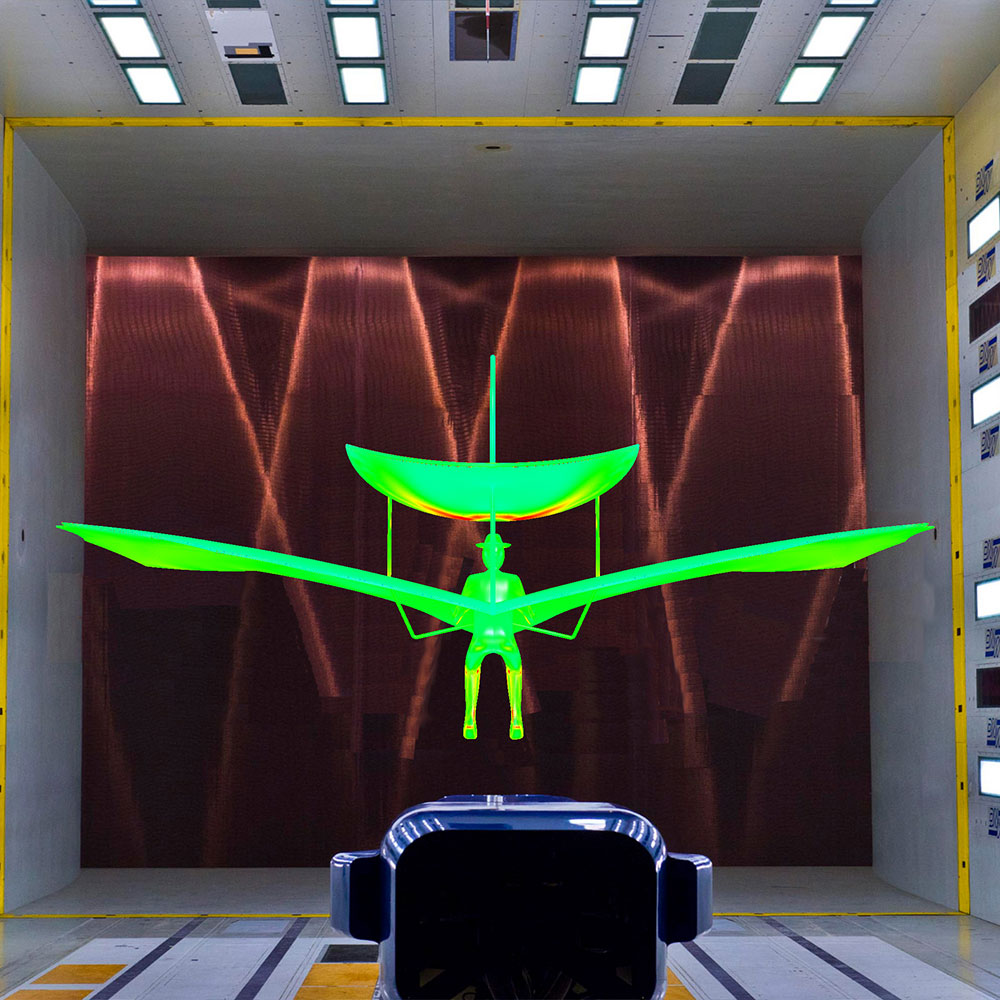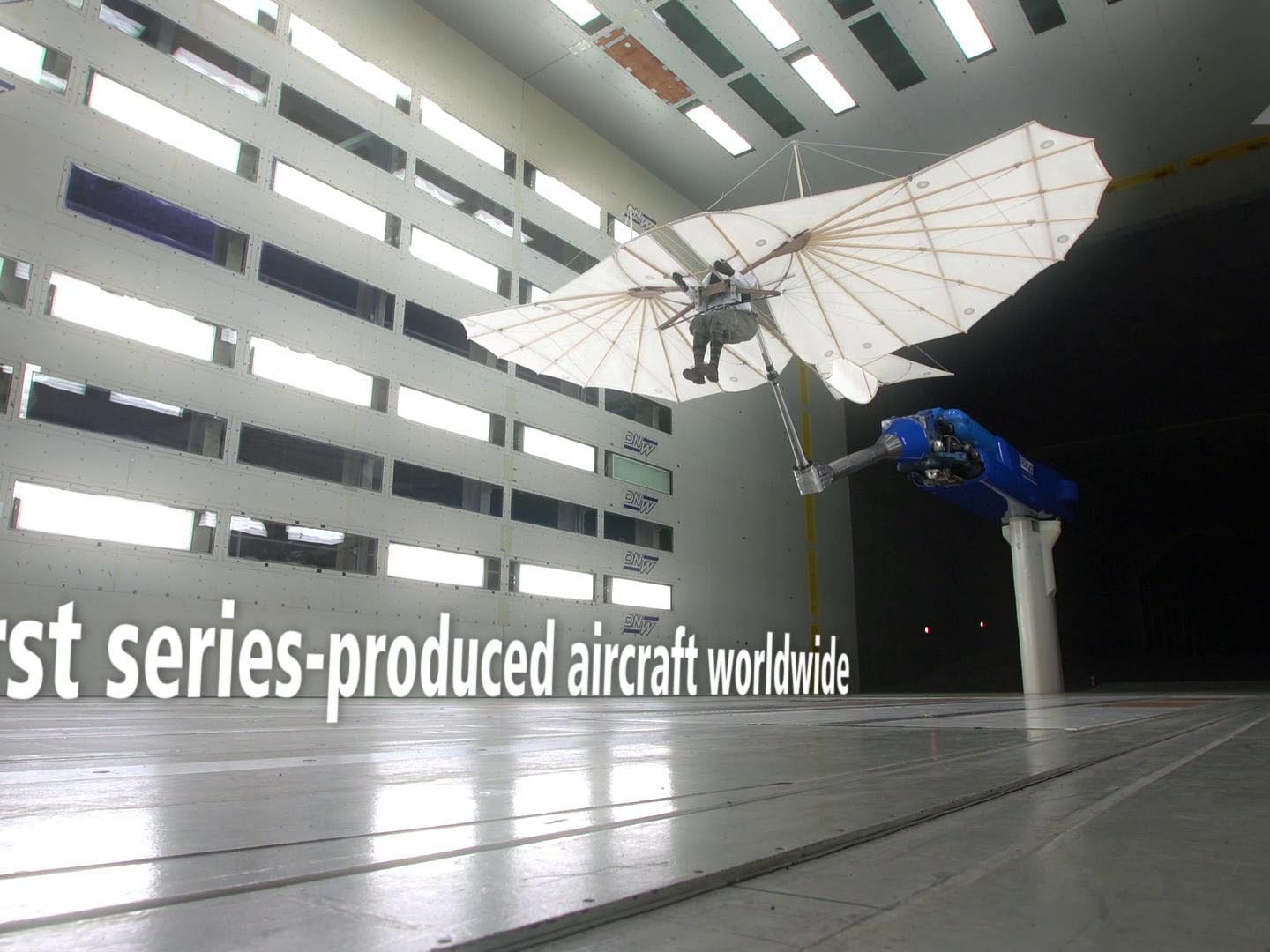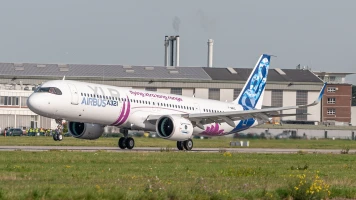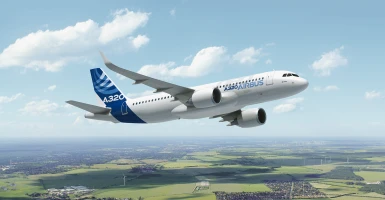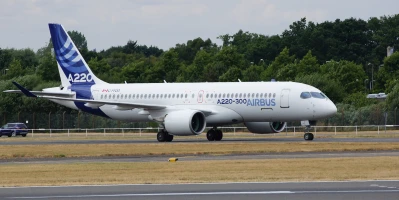“Free, unrestricted human flight would have a profound effect on us all. National borders would lose their meaning,” aviation pioneer Otto Lilienthal (1848-1896) once said of his vision. His legacy encompasses not only the first successful, controlled and repeatable flights in an aircraft, following the heavier-than-air principle, but also the first batch production of an aircraft. The glider that Lilienthal designed and subsequently built at his machine works in Berlin has at least nine recorded sales.
What’s more, he was also the first person to systematically investigate and describe aerodynamic principles. His revolutionary book, “Der Vogelflug als Grundlage der Fliegekunst” (Bird flight as the basis of aviation) was published in 1881 with a circulation of just 1,000 copies. It would go on to assist others in their own development of aircraft—including the Wright brothers, who noted: “His most important finding was that a convex wing provided more lift than a flat one.”

It was already known that birds had curved wings, but Lilienthal was the first to exactly measure this phenomenon and transfer it to aircraft design. He began testing in the spring of 1891, and is estimated to have completed more than two thousand successful flights before he died on one of his flight tests in 1896.
Now, to mark 125 years since Lilienthal undertook his very first flights, the German Aerospace Center (DLR) has reconstructed Lilienthal’s glider according to his own drawings and tested it in the wind tunnel. One of the goals of the testing was to prove that Lilienthal built an aircraft that was stable in all three axes, since the design relied not only on the curved wings but also on elevators and rudders.
In this respect, Lilienthal’s glider was ahead even of the Wright brothers’ flying machine, says Professor Andreas Dillmann, head of the reconstruction project and of the DLR Institute of Aerodynamics and Flow Technology: “The Wright flying machine proved instable at any flight speed in wind tunnel testing at NASA.” In contrast, the flight characteristics of the Lilienthal glider are comparable with those of training gliders of the 1920s and 30s—decades after Lilienthal.




